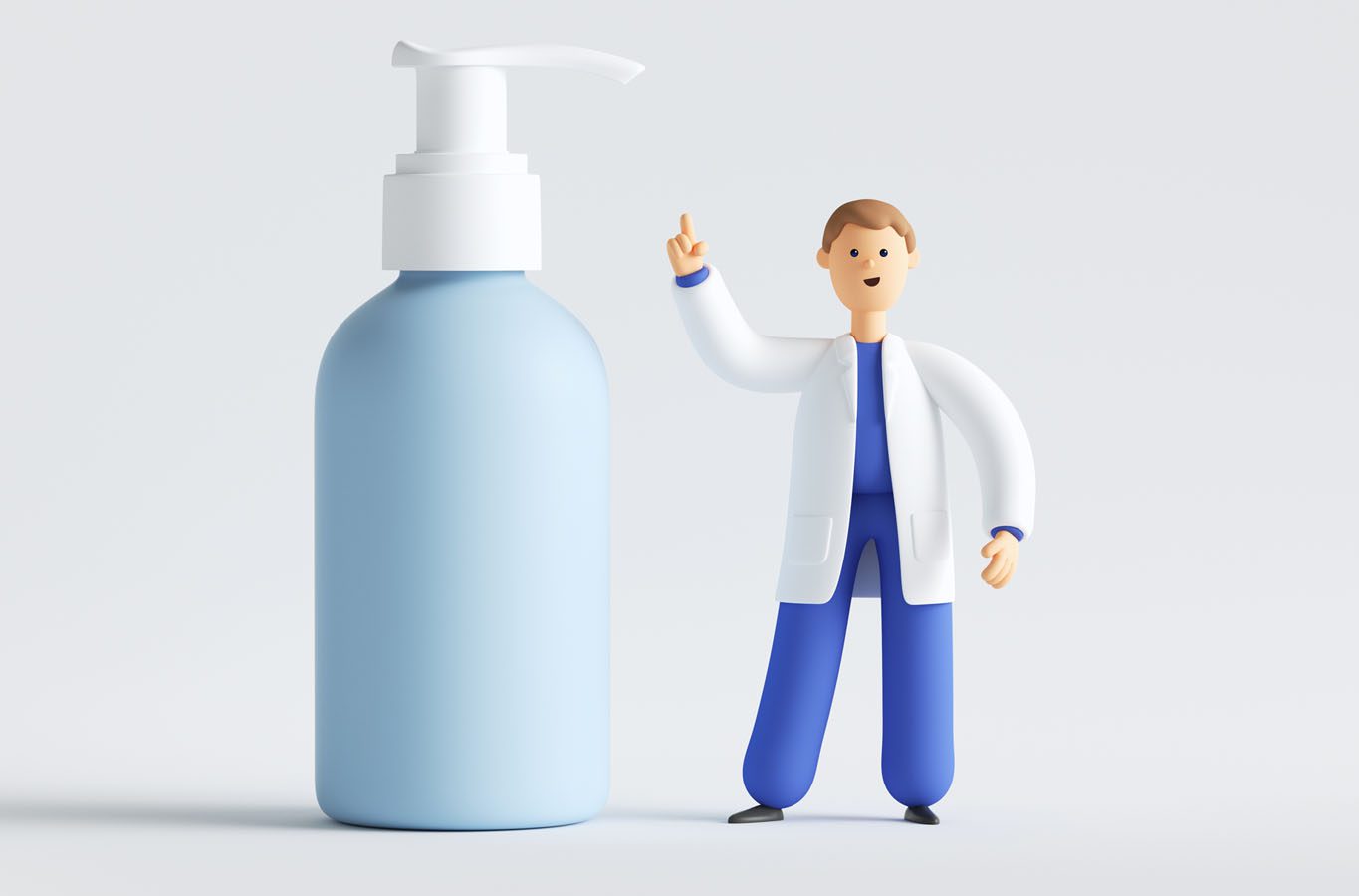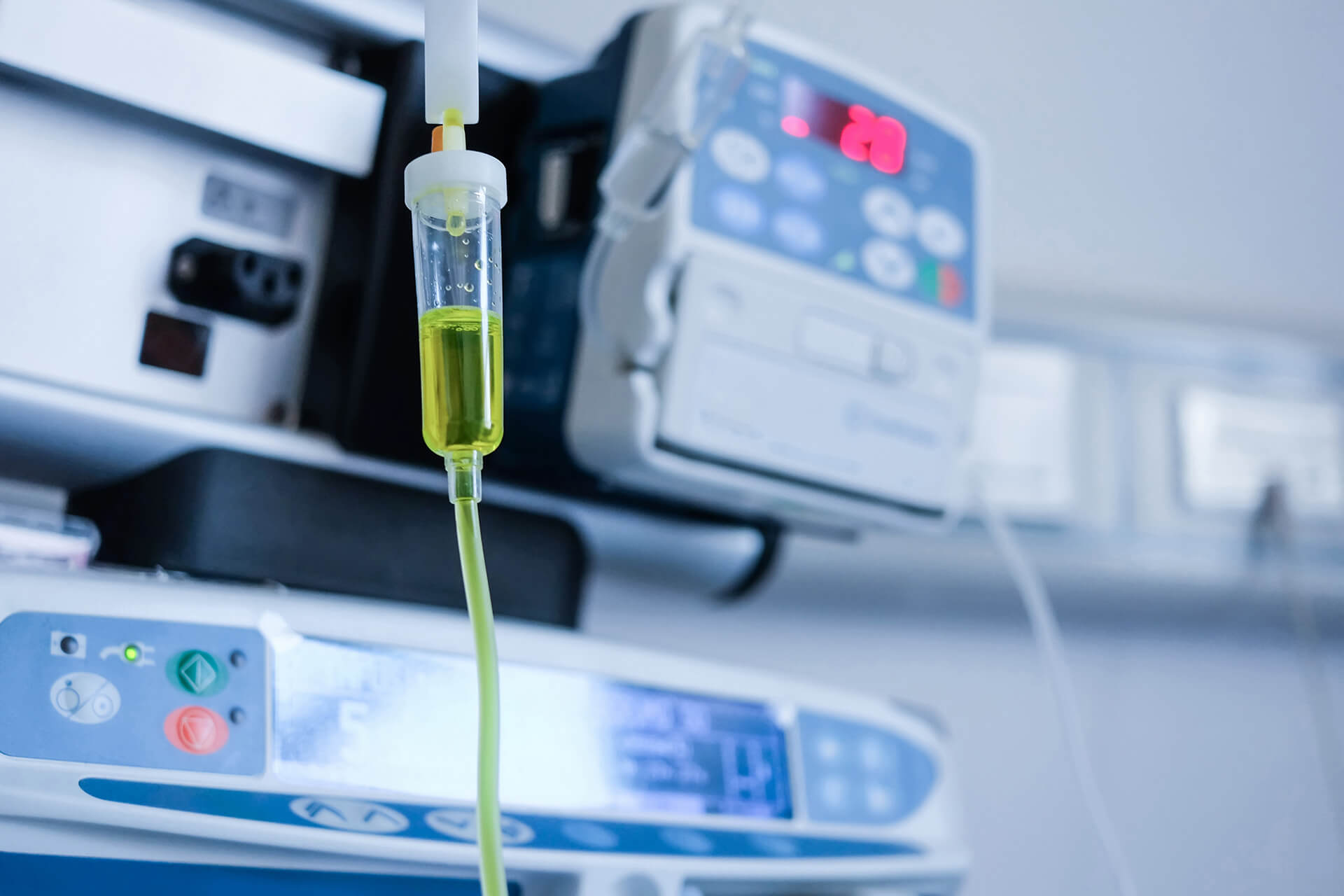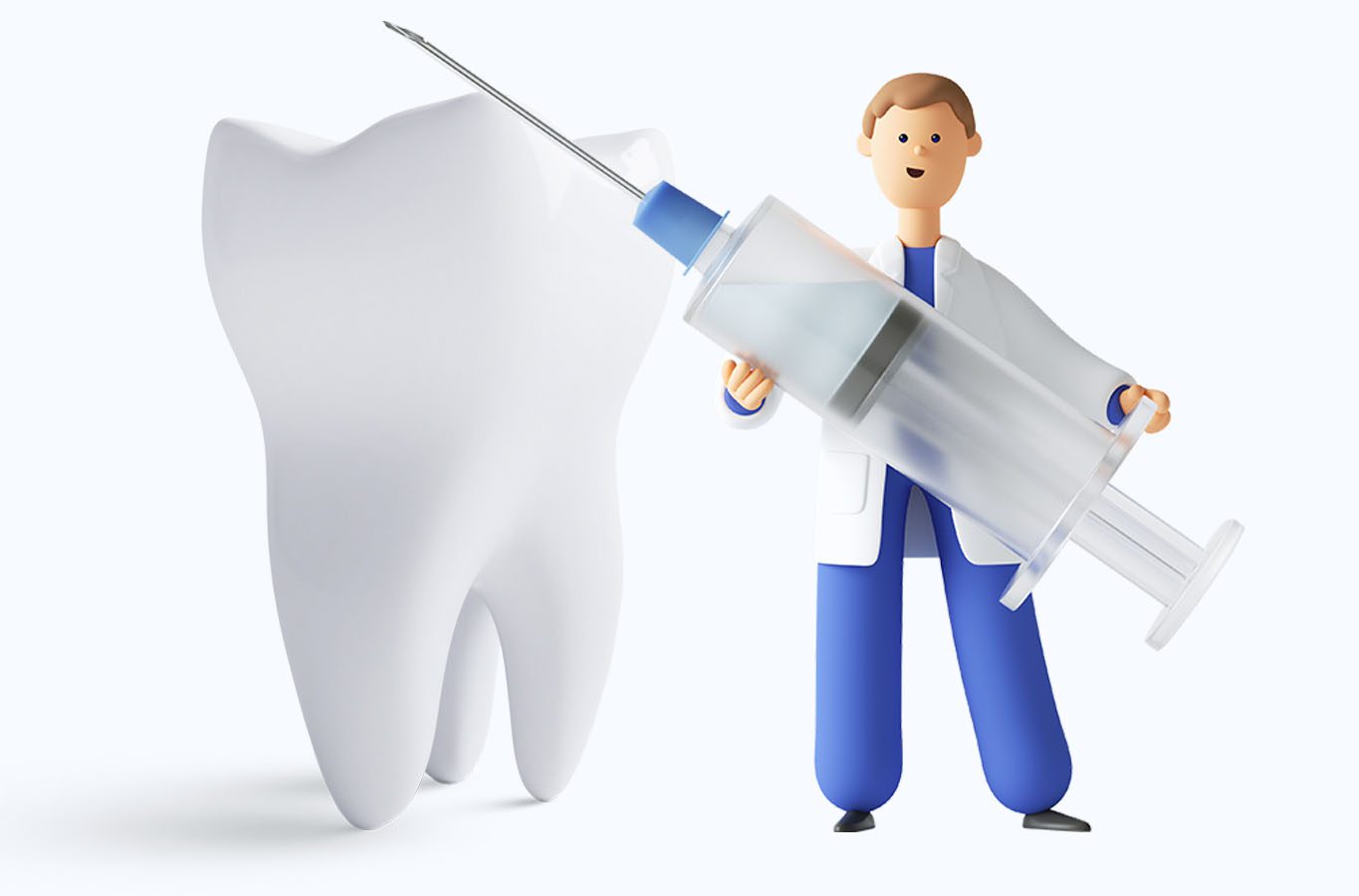At Dr. Faiez Ghanam Dermatology, Cosmetic Center in Dubai, we recognize the profound impact that healthy, vibrant hair can have on your self-confidence. Our dedicated team of dermatologists specializes in delivering cutting-edge and customized hair treatments designed to address a wide range of concerns. Whether you’re dealing with hair loss, scalp issues, or simply seeking hair rejuvenation, we have the expertise to help you achieve the luxurious locks you desire.
Keloid Treatment in Dubai
Sometimes, after an injury or surgery, a noticeable scar remains on the skin. Various experiences can lead to different types of scars. A common type of scar that usually appears after an injury is a keloid. Unlike other scars, keloids do not diminish over time; instead, they often continue to grow and can become problematic. Keloid treatment in Dubai at Dr. Faiez Ghanam Dermatology, Cosmetic & Laser Center offers effective solutions to eliminate these scars with minimally invasive procedures.
What is a Keloid?
A keloid is an overgrowth of scar tissue that forms at the site of a skin injury and may spread to surrounding areas. Typically, keloids appear as red, raised bumps that can be itchy and tend to grow over time. Some patients might notice purple or brown bumps instead of red. In severe cases, keloids can become painful and even infected.
Although keloids can affect anyone, individuals with darker skin tones are more prone to them. The most common areas for keloids to develop include the chest, back, shoulders, neck, and ears.
Causes of Keloids
Common causes of keloid formation include:
- Injury
- Burns
- Acne
- Surgery
- Blisters
- Piercings
- Vaccinations
Keloid Symptoms
Typical symptoms of keloids include:
- Raised, bump-like scar tissue at the site of healed skin damage
- Skin pigmentation changes
- Irritation
- Pain
- Itching
- Redness
How to Prevent Keloids?
While preventing keloids can be challenging, it is not impossible. After an injury or surgery, following your doctor’s wound care instructions is crucial. If you have piercings, use petroleum jelly or silicone gel sheets on the pierced area to minimize the risk of keloid formation.
Avoiding skin injuries can help reduce the risk of keloids. This includes being cautious with body piercings, tattoos, and elective surgeries, especially if you have a history of keloids. Even minor injuries like scratches or ingrown hairs can lead to keloids if your skin is prone to them, so maintaining a vigilant skincare routine is essential.
Keloid Treatments
While keloids often pose no serious health risks, they can be painful, irritating, and unsightly. Fortunately, there are various treatment options available, ranging from non-invasive to invasive procedures.
Surgery
For old or large keloids, surgical removal might be necessary. During the procedure, the raised scar tissue is surgically excised. However, surgery alone often leads to recurrence, so it is typically combined with other treatments like postoperative Low-Dose Radiotherapy (LDRT) to minimize the risk of the keloid returning.
Cryosurgery
Cryosurgery is effective for treating smaller or newer keloids. This procedure involves freezing the keloid tissue with liquid nitrogen, which causes localized damage and reduces the appearance of the scar. Although effective, cryosurgery can sometimes cause skin discoloration and is usually recommended for smaller keloids and acne scars.
Laser Therapy
Laser therapy, particularly pulsed-dye lasers, is considered one of the best treatments for keloids in Dubai. This non-invasive procedure helps reduce the appearance of keloids and alleviates associated itchiness and discomfort. Multiple sessions, typically spaced four to eight weeks apart, are usually required for optimal results. Side effects are minimal, with occasional bruising being the most common.
Medications
Various medications can help treat keloids. Corticosteroids are commonly used to reduce inflammation and size. Other medications include:
- Antineoplastic agents
- Immunosuppressants
- Immunomodulators
- Retinoids
- Calcium channel blockers
- Certain topical products
Before and After Treatment Tips
Before Treatment:
- Consultation: Have a thorough consultation with your dermatologist to discuss your medical history, previous treatments, and expectations.
- Avoid Irritation: Refrain from any activities that might irritate the keloid area, such as scratching or applying harsh chemicals.
- Follow Instructions: Follow any pre-treatment instructions provided by your doctor, such as avoiding certain medications or skincare products.
After Treatment:
- Careful Cleaning: Keep the treated area clean and dry as per the dermatologist’s instructions.
- Moisturize: Apply recommended moisturizers or ointments to aid healing and reduce scarring.
- Sun Protection: Protect the treated area from sun exposure by using sunscreen or covering it to prevent pigmentation changes.
- Follow-Up: Attend all follow-up appointments to monitor the healing process and effectiveness of the treatment.
- Avoid Trauma: Refrain from activities that could cause trauma to the treated area, like heavy exercise or wearing tight clothing over the area.
Can You Permanently Remove a Keloid?
Keloids cannot be removed permanently, but their appearance can be significantly improved, and complications can be reduced with appropriate treatments.
Do Dermatologists Remove Keloids?
Yes, dermatologists are qualified to remove keloids. Other practitioners and laser specialists can also perform keloid removal, but dermatologists generally offer the most comprehensive treatment.
How to Prevent Keloids on Piercings?
To prevent keloids after piercings, use petroleum jelly, silicone gel sheets, or other preventive measures recommended by your healthcare provider.
What is the Best Treatment for Keloids?
The best treatment depends on the individual case. Options include cryosurgery, laser therapy, and other treatments. Consulting with a dermatologist is essential to determine the most suitable treatment for your keloid and skin condition.
Conclusion
Keloids, while not dangerous, can cause significant discomfort and affect your confidence. Fortunately, there are several effective treatments available to manage and reduce the appearance of keloids. By consulting with experienced dermatologists and following a comprehensive treatment plan, you can achieve smoother, healthier skin.
Schedule Your Appointment
For the best keloid treatment in Dubai, trust the expertise of Dr. Faiez Ghanam Dermatology, Cosmetic & Laser Center. Our experienced team is dedicated to providing personalized care and effective solutions tailored to your unique needs.
Contact us today to schedule your appointment and start your journey towards smoother, healthier skin.








